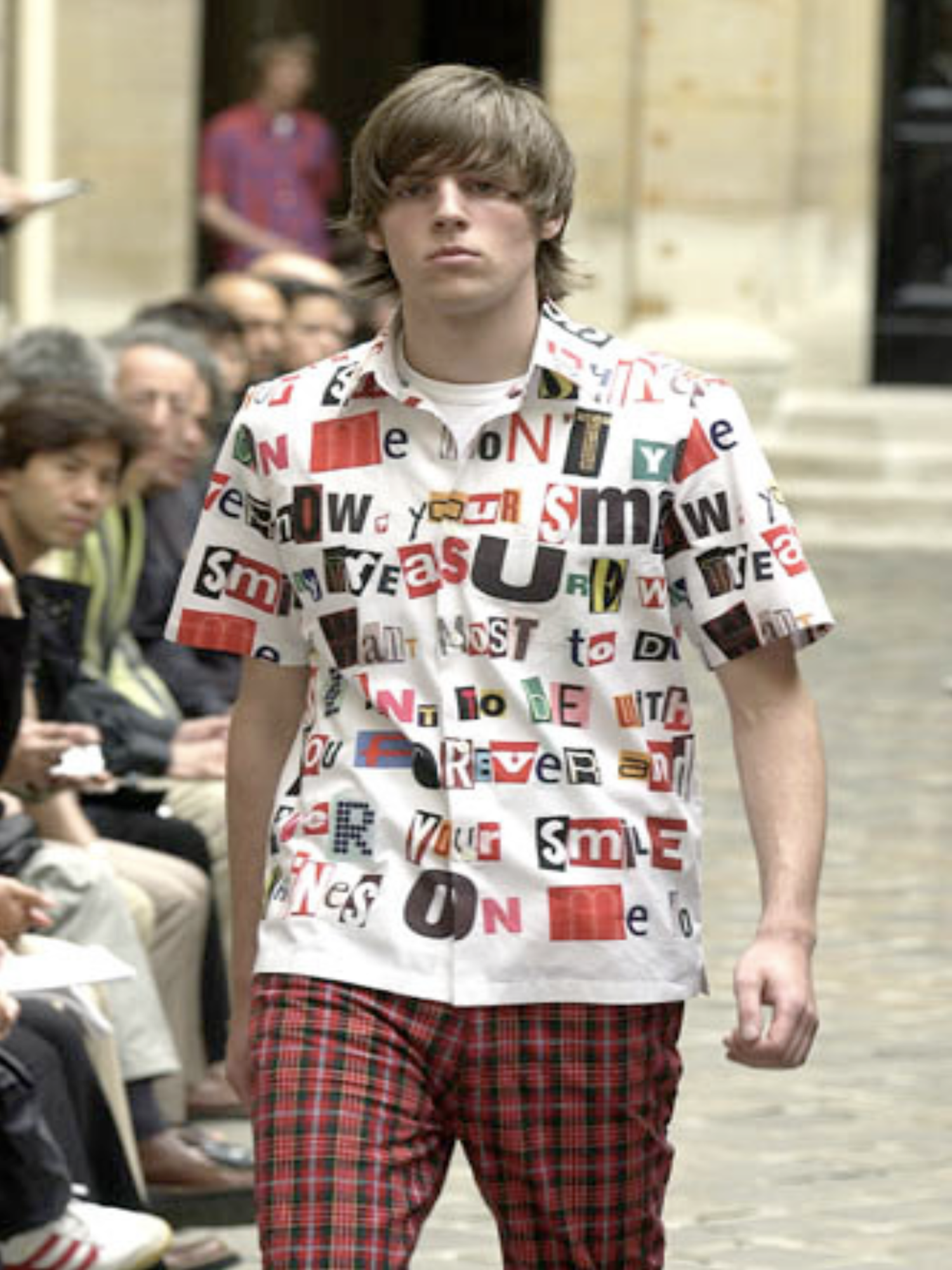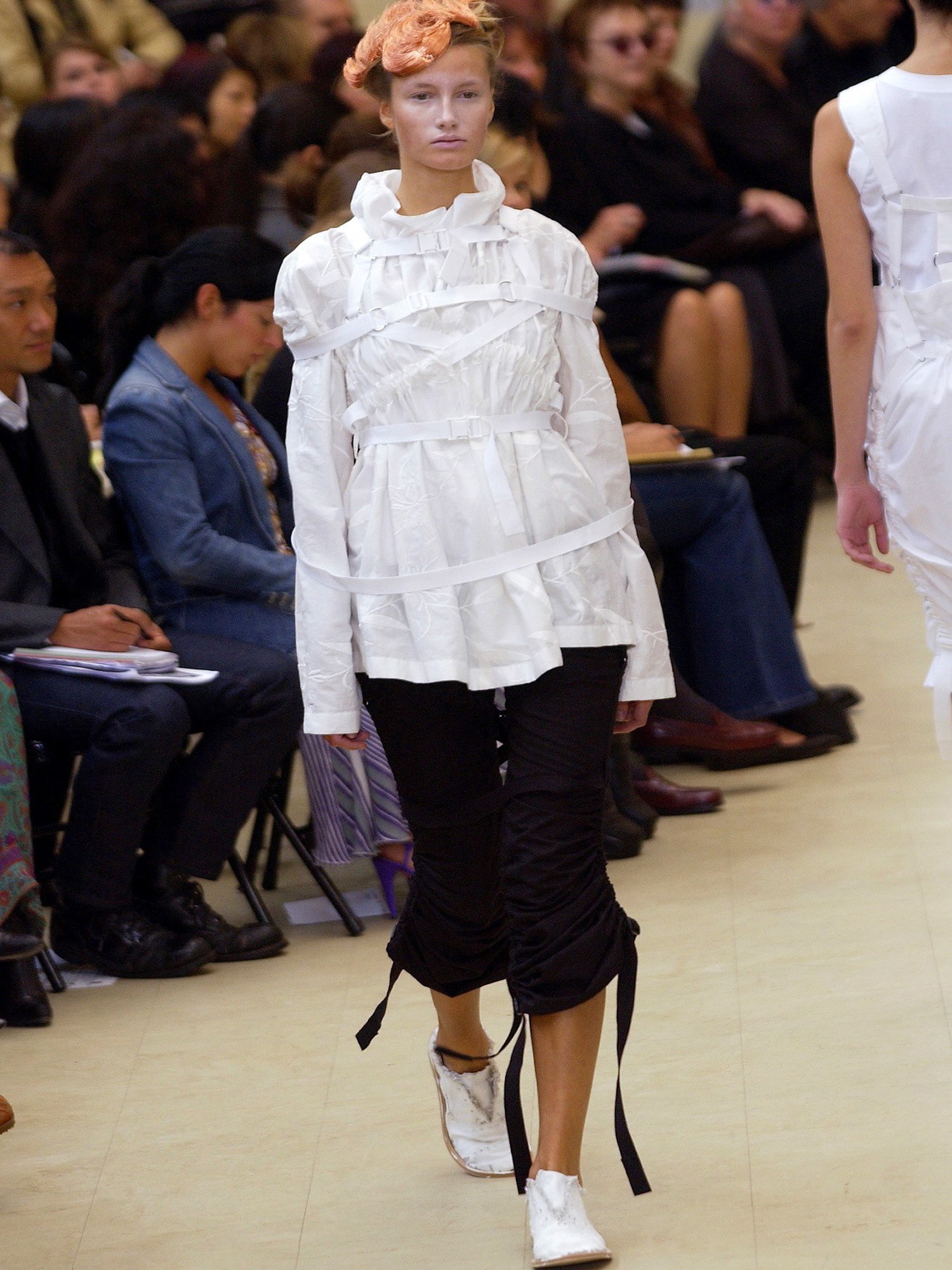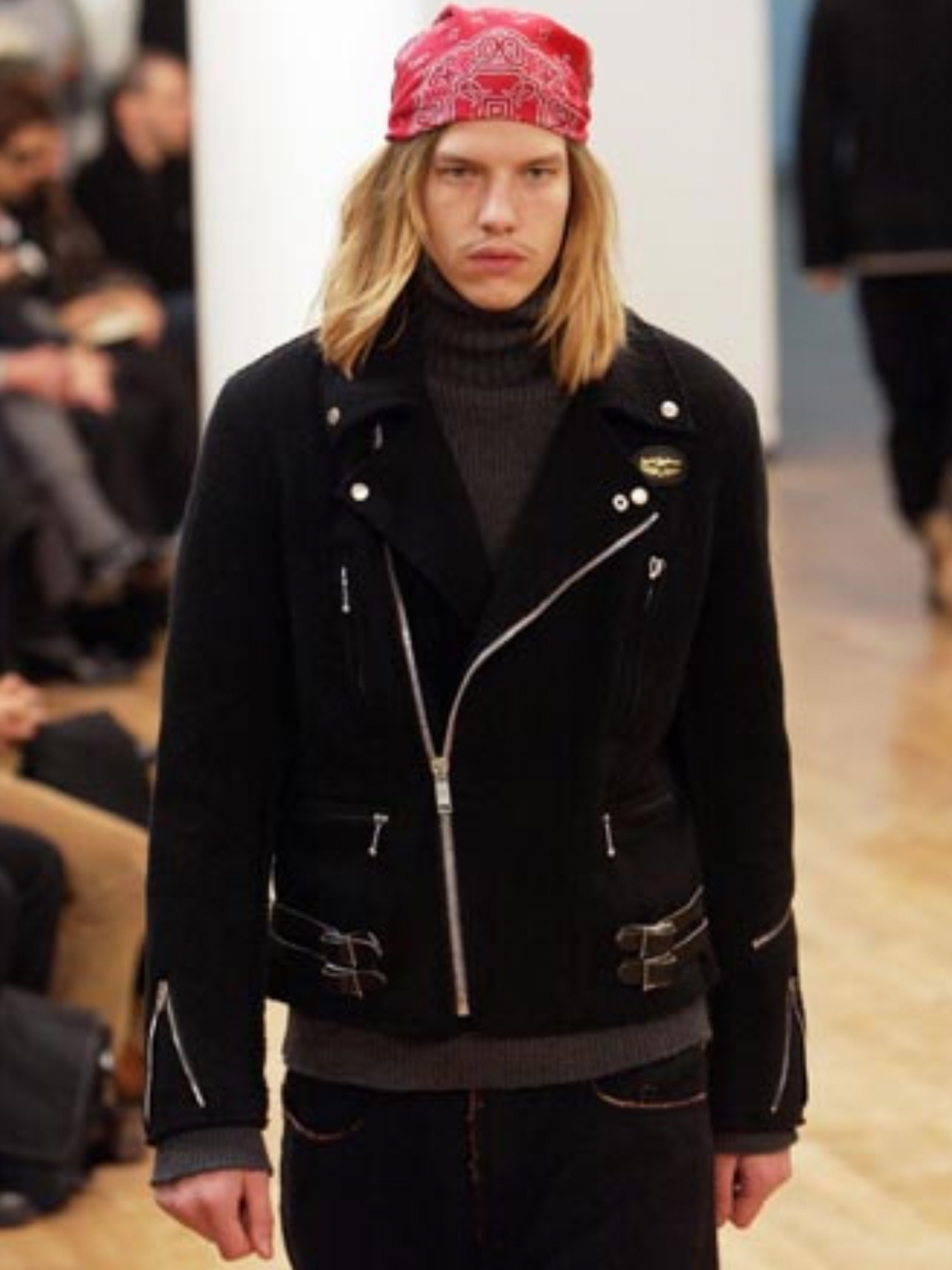JUNYA WATANABE
Many recognize the name Junya Watanabe from the known Comme des Garcons line, but who is the man behind the clothing? There are few words spoken by Junya; he keeps his life, and design process discrete among his admirers yet continues to exceed expectations on the runway year after year. Junya’s global acclamation over the years is due to his infatuation with timeless ideas, manipulative patterns, and specialized use of textiles. Junya’s consistency in his work has earned him the title of being one of the fashion industries most innovative and noticeable standouts of the past 30 years.
It all started in 1961 when Junya was born in Fukushima, Japan, to a seamstress mother that had her own made to order sewing shop. Growing up in a creative environment, it is safe to say one of Junya’s more prominent influences to start making clothing was his mother. Another likely influence admitted in an interview with T- magazine was Issey Miyake, who inspired Junya’s work ethic and original use of textiles. The gateway to his success was through the legendary Bunka Fashion College in Tokyo, the same college that many culture-shifting fashion designers like Yohji Yamamoto, Nigo, and Jun Takahashi attended. Shortly after graduation from Bunka, Junya’s work appealed to Rei Kawakubo (founder of Comme des Garcons), and the rest is history. Starting his career as Rei’s protégé in 1984 as a pattern cutter, he hit the ground running and three years later became the head of the Comme des Garcons women’s Tricot knitwear line. In 1992, Rei Kawakubo gave Junya full creative control with his self-titled “Junya Watanabe” line. Starting in 1993, Junya presented his first women’s runway show in Paris. Since then, Junya has been recognized from his distinctive use of familiar concepts & classic cuts that have been presented in practical ways, not yet seen by the masses. Traits that are undoubtedly approachable for both fashion critics and potential buyers.
It was not until Junya’s Spring/Summer 2000 collection entitled “Function and Practicality” that he caught traction, nodding to his early influence of Issey Miyake in his practical way. This collection showed first use of textiles all showcased in “functional” reversible garments. In the middle of the catwalk, the models stopped to help each other reverse their garments. This demonstrated the practical side of Junya’s genius; something that has always been portrayed in his work, but not to the extent of this collection. (https://www.vogue.com/fashion-shows/spring-2000-ready-to-wear/junya- watanabe/slideshow/collection#12). The runway was revolutionary for Junya and ultimately gave him ground to expand his label onward. Following this legendary collection, in 2001, Junya expanded his self-named line with the introduction of MAN, his first menswear line that progressed his brand to a new level. Over the years, Junya has grown into a well-recognized house name that continues to push the limits of what can be worn every day; often toying with the boundaries of simplicity presented through his original take and openness to collaborate with mainstream brands like Levis, North Face, Carhartt, and Converse.
Today, Junya Watanabe continues his silent but deadly ways and remains separate from Rei Kawakubo’s fashion philosophies in his creative world. Something synonymously understood by the two as they both have a different vision/idea of what beauty and aesthetically pleasing means to them. This unique perspective, in turn, has become vital to the life of Comme des Garcons and its versatility as a brand that stands against the known constraints of traditional fashion.




